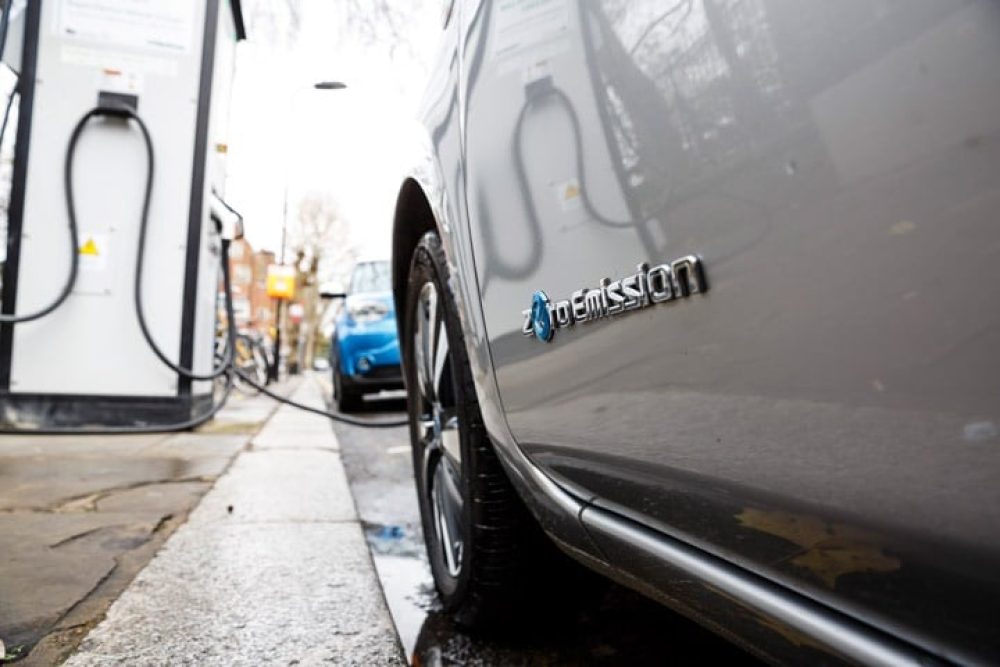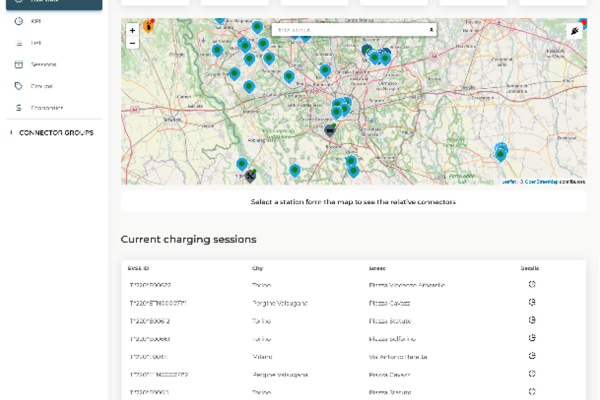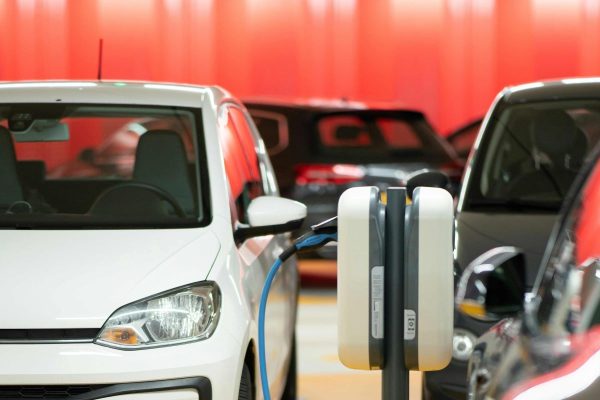SIGNIFICANT changes have been made to company car tax benefit-in-kind bands starting from tax year 2020/21, first mooted in 2016 and finally confirmed in autumn 2017.
The changes affect ultra-low emission vehicles – so-called ULEVs – with incentives in the tax bands to encourage their choice as a company car.
Such ULEVs are cars with CO2 emissions below 75g/km.
The government is keen to incentivise ULEV vehicles to counter issues of poor air quality and the effects of global warming. In fact, the government wants us to be driving zero emission cars and vans by 2040.
However, the company car tax band changes designed to give such ULEV cars an extra boost do not kick in until 2020/21 – and the changes have had a rocky ride.
First announced in the Autumn Statement 2016, they were cut out of the Finance Bill affirming the Autumn Statement measures rushed through on the eve of the Spring 2017 snap General Election. It took until September 2017 for them to make the statute books.
It means company car drivers will notice something of a taxation roller-coaster ride over the next few years, although the alternative to a ULEV vehicle, however, is to pay even more in company car tax.
What does this mean in practice?
Until 2020 the rate of company car tax does increase for sub-75g/km ULEVs – still eligible for salary sacrifice schemes from 5 April 2017 by the way – with even zero emission cars rising to a 16% tax banding in 2019/20.
Company car tax bands 2017/18 to 2019/20
- Click here for your three-year insight
- Check the tax rate on your next company car. Click here to use our company car tax calculator
However, in 2020, those clean air all-electric machines finally plummet to 2% under the new company car tax incentives.
In 2020/21 when the new ULEV rates kick in, the most tax efficient cars will be those with CO2 emissions below 50g/km. And there are further incentives for those cars that can travel furthest on electric only motivation.
That’s when 1-50g/km hybrids will become banded by their electric motoring range with less than 30 miles attracting a 14% rating; while those which can achieve 70-129 miles electric-only will attract a 5% rating.
ULEVs with CO2 emissions between 50g-74g/km CO2 are on a graduated scale from 15% to 19% (diesel-only vehicles attract a further 3% surcharge).
The company car tax changes might appear complicated, but the only certain way to contain benefit in kind exposure is by choosing a ULEV vehicle.
Consider the alternative:
- In 2014/15 a sub-130g/km petrol car was considered green enough to merit an 18% petrol banding; by 2020/21, however, it will be up to 30%;
- a sub-100g/km band car that was only 12% in 2014/15 will be up to 24% by 2020/21.
Meanwhile the diesel surcharge (3% until end of 2017/18 tax year), which was to have been axed from April 2016, continues to apply – although diesel hybrids are exempt.
From April 2018, for the 2018/19 tax year forwards, the diesel surcharge is increased to 4%.
And by 2020/21 diesels emitting over 140g/km and petrol cars over 160g/km will attract the highest rate of company car tax at 37%.
New company car tax bands and rates tax year 2020-21
| CO2 bands (g/km) – 2020 / 2021 tax year | Electric range (miles) | Percentage of list price to be taxed – PETROL (diesel +4%) |
| 0 – 0 g/km | 2 | |
| 1 – 50 g/km | >130 | 2 |
| 1 – 50 g/km | 70 – 129 | 5 |
| 1 – 50 g/km | 40 – 69 | 8 |
| 1 – 50 g/km | 30 – 39 | 12 |
| 1 – 50 g/km | <30 | 14 |
| 51 – 54 g/km | 15 | |
| 55 – 59 g/km | 16 | |
| 60 – 64 g/km | 17 | |
| 65 – 69 g/km | 18 | |
| 70 -74 g/km | 19 | |
| 75 – 79 g/km | 20 | |
| 80 – 84 g/km | 21 | |
| 85 – 89 g/km | 22 | |
| 90 – 94 g/km | 23 | |
| 95 – 99 g/km | 24 | |
| 100 – 104 g/km | 25 | |
| 105 – 109 g/km | 26 | |
| 110 – 114 g/km | 27 | |
| 115 – 119 g/km | 28 | |
| 120 – 124 g/km | 29 | |
| 125 – 129 g/km | 30 | |
| 130 – 134 g/km | 31 | |
| 135 -139 g/km | 32 | |
| 140 – 144 g/km | 33 | |
| 145 – 149 g/km | 34 | |
| 150 – 154 g/km | 35 | |
| 155 – 159 g/km | 36 | |
| 160 and above g/km | 37 (max) |
Electric range (miles) is the number of kilometres declared on the certificate of conformity or type approval certificate and multiplied by 0.62.
The CO2 differential favouring petrol over diesel in the current rates – see table below for 2016/17 – continues until 2020/21 when diesels with emissions over 149g/km will join the top band on 37%.
Company car tax bands and rates tax year 2016-17
| CO2 bands (g/km) – 2016 / 2017 tax year | Percentage of list price to be taxed – PETROL | Percentage of list price to be taxed – DIESEL |
| 0 – 0 g/km | 7 | 10 |
| 1 – 50 g/km | 7 | 10 |
| 51 – 75 g/km | 11 | 14 |
| 76 – 94 g/km | 15 | 18 |
| 95 – 99 g/km | 16 | 19 |
| 100 – 104 g/km | 17 | 20 |
| 105 – 109 g/km | 18 | 21 |
| 110 – 114 g/km | 19 | 22 |
| 115 – 119 g/km | 20 | 23 |
| 120 – 124 g/km | 21 | 24 |
| 125 – 129 g/km | 22 | 25 |
| 130 – 134 g/km | 23 | 26 |
| 135 – 139 g/km | 24 | 27 |
| 140 – 144 g/km | 25 | 28 |
| 145 – 149 g/km | 26 | 29 |
| 150 – 154 g/km | 27 | 30 |
| 155 – 159 g/km | 28 | 31 |
| 160 – 164 g/km | 29 | 32 |
| 164 – 169 g/km | 30 | 33 |
| 170 – 174 g/km | 31 | 34 |
| 175 – 179 g/km | 32 | 35 |
| 180 – 184 g/km | 33 | 36 |
| 185 – 189 g/km | 34 | 37 |
| 190 – 194 g/km | 35 | 37 |
| 195 – 199 g/km | 36 | 37 |
| 200 – 204 g/km | 37 | 37 |
| 205 – 209 g/km | 37 | 37 |
| 210 – 214 g/km | 37 | 37 |
| 215 – 219 g/km | 37 | 37 |
| 220 g/km or more | 37 | 37 |







